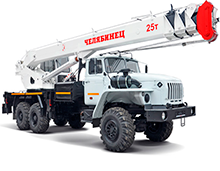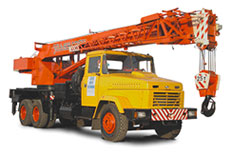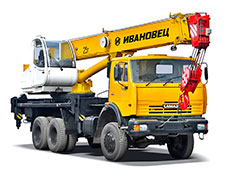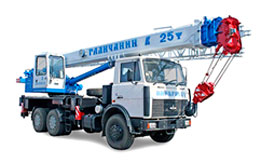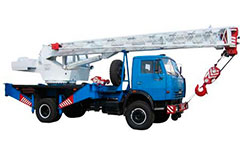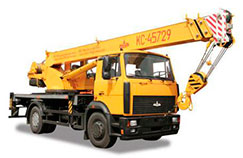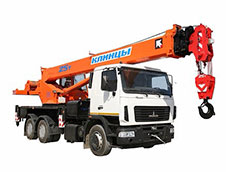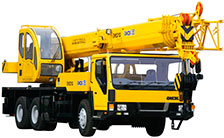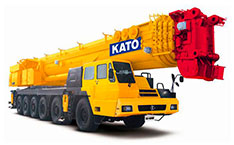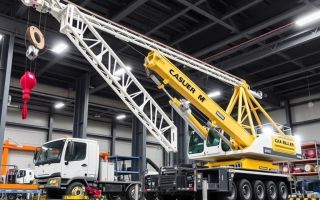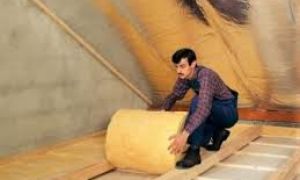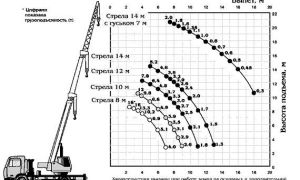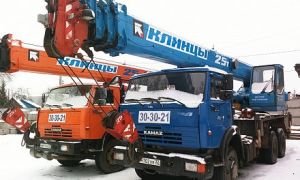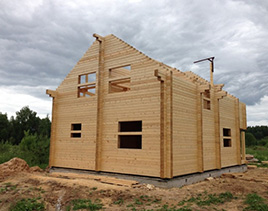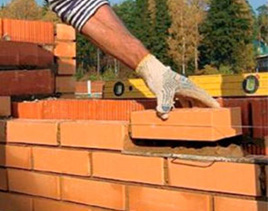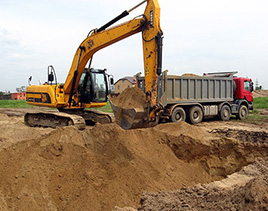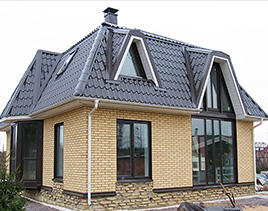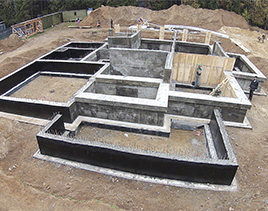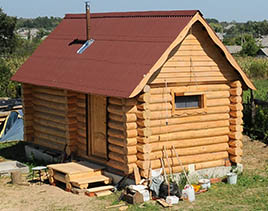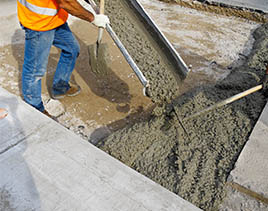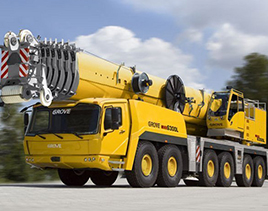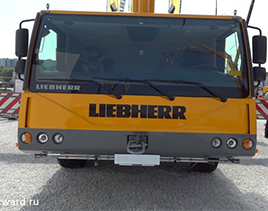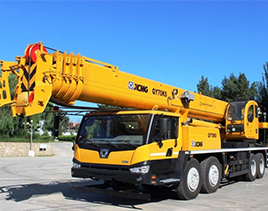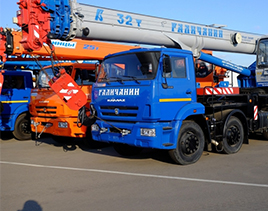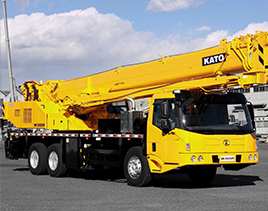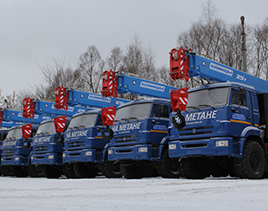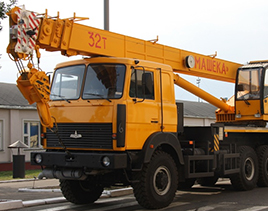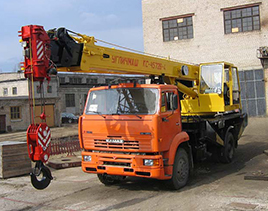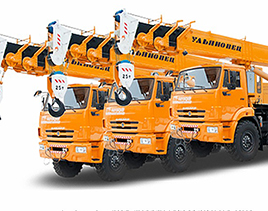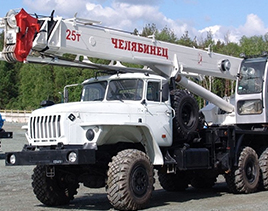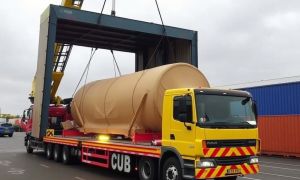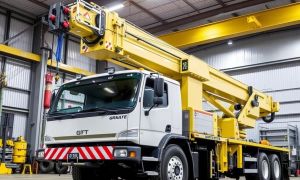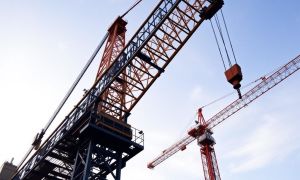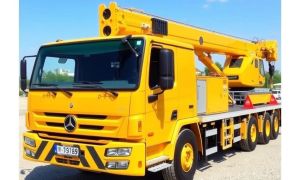Crane manufacturing has traditionally followed well-established engineering and production techniques, relying on heavy machinery, skilled labor, and complex assembly lines. However, the emergence of 3D printing technology—also known as additive manufacturing—is starting to shift the boundaries of what is possible in this industry. This revolutionary technique allows manufacturers to design, prototype, and produce crane components with unprecedented precision, speed, and customization. In this article, we’ll explore how 3D printing could revolutionize crane manufacturing by transforming design processes, improving material efficiency, and enabling innovations that were previously unimaginable.
The Traditional Crane Manufacturing Process
Understanding the full impact of 3D printing first requires a glance at how conventional crane manufacturing works. Crane components such as booms, counterweights, pivots, and hooks are primarily fabricated using subtractive manufacturing methods—cutting, welding, casting, and forging. These processes require huge industrial plants equipped with specialized tools and a substantial workforce.
The lead time for designing and producing parts can range from weeks to months. Customization is difficult and costly because molds and dies need to be created for specific parts. Material waste is another significant issue due to machining and trimming, leading to high overhead costs and ecological concerns.
This established method has been effective but lacks flexibility. Once a crane is designed and built, modifying or upgrading it is expensive and time-consuming. Enter 3D printing, which offers a promising alternative.
What Is 3D Printing?
3D printing is an additive manufacturing process in which materials are laid down layer by layer to create a three-dimensional object from a digital model. Common materials include plastics, metals, composites, and sometimes even concrete or ceramics. Unlike traditional manufacturing, it builds up parts rather than cutting away material.
This capability opens up several opportunities for crane manufacturing:
- Rapid prototyping to test and refine designs quickly
- Manufacturing complex shapes impossible with conventional methods
- Producing lightweight yet strong components
- Reducing production time and material scrap
The technology continues to advance, with printers now capable of handling large metal parts and producing industrial-grade components.
Benefits of 3D Printing in Crane Manufacturing
1. Design Innovation and Customization
One of the most significant benefits of 3D printing is the freedom it offers to engineers and designers. Traditional crane parts generally have simple shapes due to manufacturing limitations. Complex geometries are expensive or impossible to produce. With 3D printing, intricate internal structures such as lattice designs, hollow sections, and organic curves can be created, enhancing strength while reducing weight.
For example, a crane boom manufactured with optimized internal lattice structures can be significantly lighter, improving load capacity and fuel efficiency.
2. Faster Prototyping and Development
Developing a new crane model or component often takes months or even years using conventional manufacturing. 3D printing accelerates this by allowing rapid prototyping—designers can print test parts within days or hours, evaluate them, and revise the design quickly. This agility shortens product development cycles and helps manufacturers respond swiftly to market demands.
3. Material Efficiency and Sustainability
Material waste is a major concern in crane manufacturing, where heavy steel components are common. 3D printing uses only the material necessary for the part, drastically reducing scrap and leftover waste. This efficiency lowers manufacturing costs and aligns with global sustainability goals.
Additionally, 3D printing often enables the use of advanced alloys or composites optimized for specific mechanical properties, offering a potential boost in durability and lifespan.
4. On-Demand and Localized Production
Crane parts often need to be sourced globally or stored as inventory, resulting in long lead times and high logistical costs. 3D printing empowers manufacturers to produce parts on-demand and closer to the point of use, whether in remote job sites or repair centers. This localized production reduces downtime and inventory overhead, enabling more efficient maintenance and upgrades.
5. Lightweight Construction and Improved Performance
Reducing the weight of cranes without compromising strength can lead to better fuel efficiency, easier transport, and enhanced safety. Additive manufacturing supports these goals by allowing complex design adjustments and using lightweight materials with superior strength-to-weight ratios.
Challenges and Considerations in Applying 3D Printing to Crane Manufacturing
While 3D printing shows considerable promise, there are obstacles that must be addressed before it can fully revolutionize crane manufacturing.
| Challenge | Description | Potential Solutions |
|---|---|---|
| Material Limitations | Not all metals and composites used in cranes are currently printable or meet safety standards. | Research into printable alloys, hybrid manufacturing combining 3D printed parts with traditional components |
| Size Constraints | Large crane parts exceed the build volume of many 3D printers. | Modular printing, assembly of smaller parts, development of large-scale printers |
| Cost of Equipment | Industrial 3D printers capable of working with metal and large components are expensive. | Increasing adoption lowers costs, shared facilities, government incentives |
| Quality and Certification | Earned certifications and quality assurance for safety-critical crane components must be established. | Standardization efforts, material testing, rigorous inspection processes |
| Skilled Workforce | Designers and operators require new skillsets to operate 3D printers and create optimized designs. | Training programs, partnerships with universities, design automation software |
Despite these challenges, the ongoing progress in additive manufacturing promises that these hurdles will be overcome, making 3D printing an integral part of crane manufacturing in the future.
Industry Examples and Future Applications
Several companies and research groups are already exploring the use of 3D printing for cranes and heavy machinery parts. Some early applications include:
- Custom Spare Parts: Replacement hooks, joints, and small components can be printed on demand, reducing downtime.
- Prototype Booms and Jibs: Rapid prototyping of crane arms with complex internal structures to test designs before full production.
- Lightweight Counterweights: Optimization through lattice structures to reduce overall weight without sacrificing stability.
Looking ahead, we might see entire crane segments manufactured additively or hybrid cranes combining 3D printed parts with traditional steel structures. Robotics and AI could further integrate into the design process, creating smarter, more adaptive cranes tuned to specific job requirements.
How 3D Printing Impacts the Crane Supply Chain
The adoption of 3D printing in crane manufacturing doesn’t just change how cranes are built; it also transforms the supply chain dynamics.
- Reduction in Inventory: On-demand part production reduces the need for large warehouses filled with spare parts.
- Shortened Lead Times: Faster production cycles enable quicker deliveries and less waiting for critical components.
- Global Distribution: Digital blueprints can be sent anywhere, with local print facilities producing parts, minimizing transportation and customs delays.
- Customization at Scale: Customers can order cranes or parts tailored to their specific needs without long redesign processes.
This shift will also require new logistics strategies and investment in digital infrastructure—areas ripe with innovation potential.
Table: Comparing Traditional vs. 3D Printed Crane Manufacturing
| Aspect | Traditional Method | 3D Printing |
|---|---|---|
| Production Time | Weeks to Months | Days to Weeks |
| Material Waste | High (cutting, trimming) | Minimal (additive process) |
| Design Complexity | Limited by manufacturing constraints | Highly complex geometries possible |
| Customization | Costly and time-consuming | Easy and cost-effective |
| Inventory Needs | High (spare parts storage) | Low (on-demand production) |
The Environmental Impact of 3D Printing in Crane Manufacturing
In today’s climate-conscious world, sustainability is not merely an ethical choice but a business imperative. Traditional manufacturing processes in the crane industry consume vast amounts of energy and produce considerable waste. With 3D printing, significant reductions in carbon footprint are possible.
The additive process reduces carbon emissions by:
- Minimizing raw material usage
- Reducing the need for transport through localized production
- Allowing for lightweight crane designs that improve operational fuel efficiency
As manufacturers adopt greener practices, 3D printing aligns well with long-term environmental goals, which could become a decisive factor for buyers and investors.
The Role of Software and Simulation in 3D Printed Crane Manufacturing
3D printing is not just about the machines; it’s part of a broader ecosystem that includes advanced design software and simulation tools. These tools enable engineers to:
- Create digital twins of cranes to analyze stresses and optimize designs
- Apply generative design techniques that produce the most efficient structures
- Simulate print processes to predict defects or weaknesses
- Manage production workflows with precision
The interplay between software and additive manufacturing ensures that crane components crafted via 3D printing meet safety and performance standards.
List: Steps in 3D Printing a Crane Component
- Conceptual Design: Developing a CAD model
- Design Optimization: Using simulation to enhance strength and reduce weight
- Material Selection: Choosing the right alloy or composite
- 3D Printing: Layer-by-layer fabrication of the component
- Post-Processing: Heat treatment, surface finishing, and quality checks
- Testing and Certification: Ensuring compliance with industry standards
Each step is vital to ensure that the final product performs reliably in demanding crane applications.
Emerging Technologies Complementing 3D Printing in Crane Manufacturing

3D printing is just one part of a technological ecosystem transforming manufacturing. Other innovations are set to amplify its impact in the crane sector:
- Robotics: Automated assembly of 3D printed crane parts
- IoT Sensors: Embedded within parts for real-time condition monitoring
- AI-Driven Design: Machine learning algorithms proposing optimized crane structures
- Augmented Reality (AR): Assisting workers during assembly and maintenance with digital overlays
These technologies integrate with 3D printing to enhance efficiency, safety, and adaptability in crane manufacturing.
Potential Economic Impacts of 3D Printing on the Crane Industry
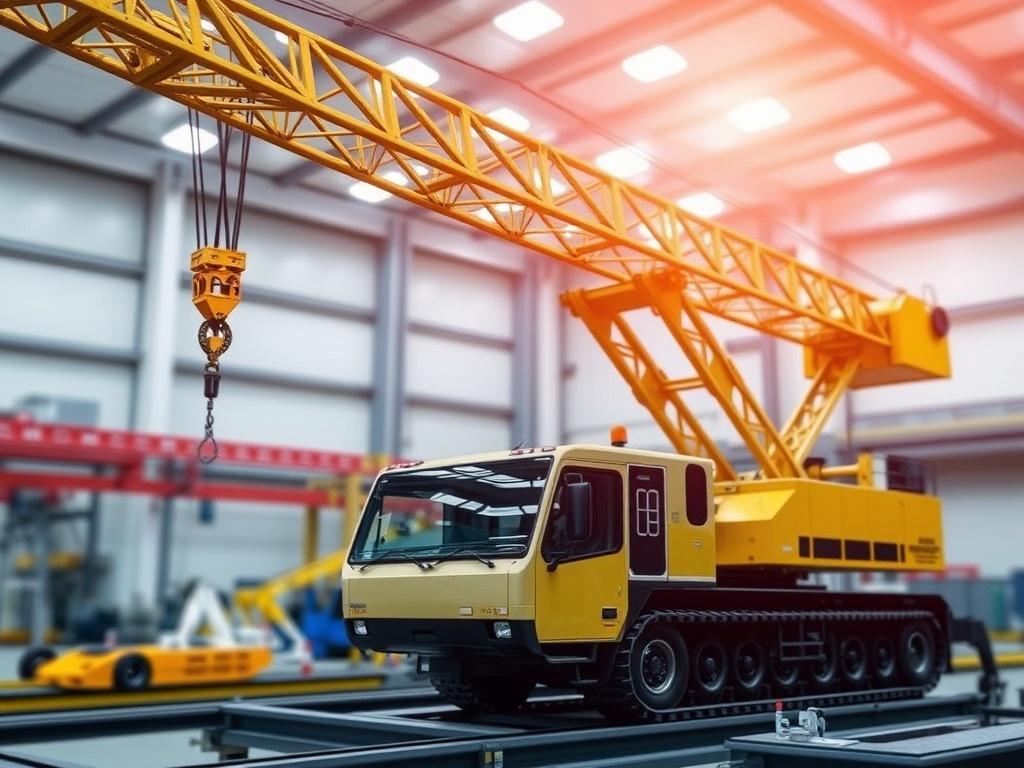
The infusion of 3D printing technology has the potential to reshape the economics of crane manufacturing by:
- Reducing capital investment in large-scale factories
- Lowering labor costs via automation and faster production
- Enabling small and medium enterprises to compete by adopting additive manufacturing facilities
- Creating new job opportunities in design, machine operation, and maintenance of 3D printing systems
When balanced carefully, these changes could foster a more innovative, competitive, and resilient crane manufacturing industry.
Final Thoughts
In conclusion, 3D printing holds remarkable promise to revolutionize crane manufacturing by enabling design innovation, speeding up production, reducing waste, and fostering sustainability. While challenges remain—especially regarding materials, size constraints, and certification—the ongoing advancements and integration with complementary technologies are paving the way for wide adoption. The crane industry stands on the cusp of a transformative era where additive manufacturing could unlock new realms of possibility, efficiency, and performance. Embracing this technology will not only redefine how cranes are built and maintained but could also reshape the economic and environmental landscape of heavy machinery manufacturing. The future of cranes is being printed layer by layer, bringing exciting opportunities to the construction and industrial world.

